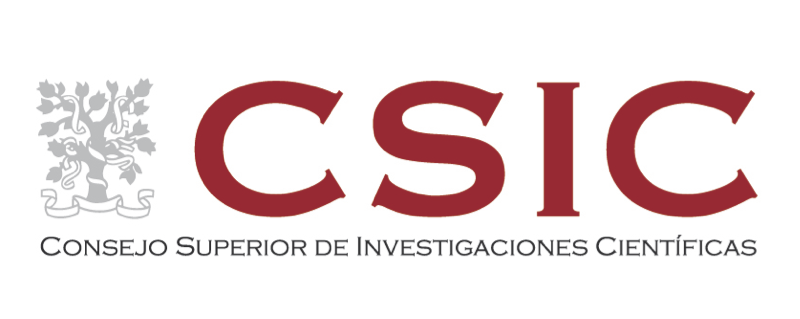Food Chemistry, vol. 338 (2021)
Article preview
A comprehensive study on packaging used in commercially available milk products from Spanish markets has been presented. Concentrations of four phthalates, seven parabens and BPA were determined in forty-two milk products. Eleven brands and five types of packaging (metallic aluminium bag, carton, high-density polyethylene, metal pail and polyethylene terephthalate) were included in the study. BPA showed the lowest concentrations (8.3 pg/g f.w.), far below those of phthalates (6431 pg/g f.w.) and parabens (6234 pg/g f.w.). Metallic aluminium bags were the least migrating packaging (considering plasticisers and monomers) followed by HDPE bottles, in the case of phthalates. Parabens showed their highest concentrations for fresh-milk samples. Levels found were far below the specific migration limits established by the EU and the cumulative hazard index was lower than 1, indicating that adverse health effects were not expected. In general, the results found in Spanish samples were lower than those reported in other countries. © 2020 Elsevier Ltd




